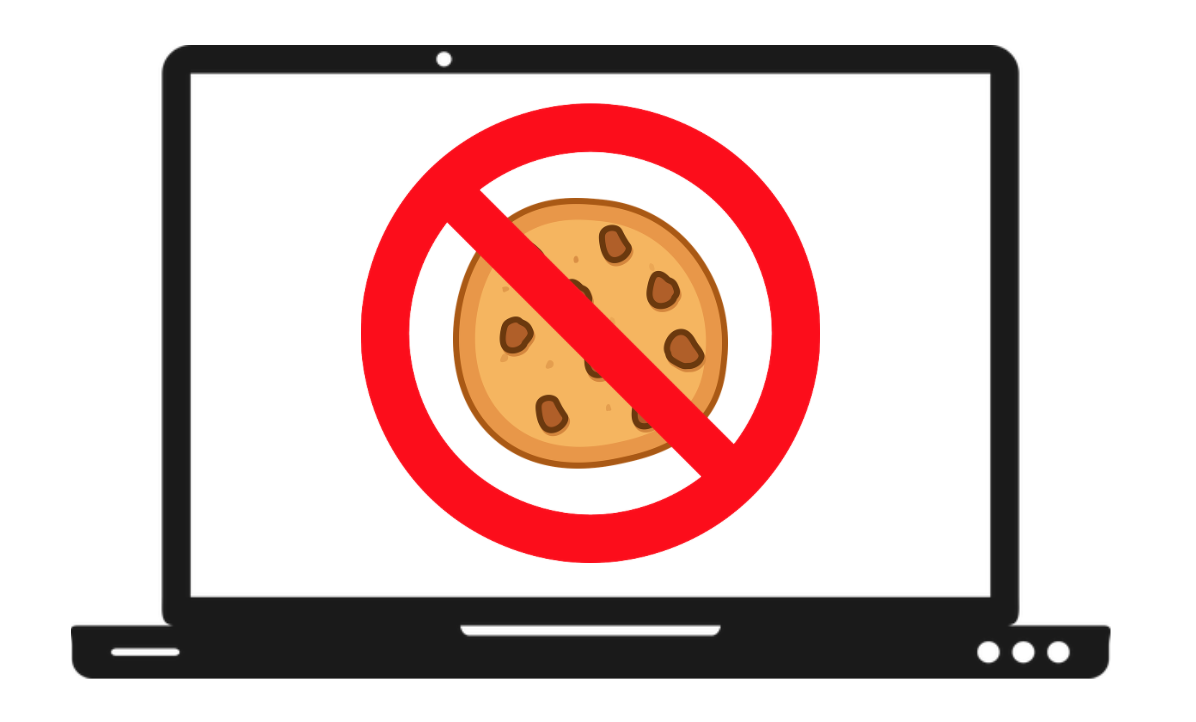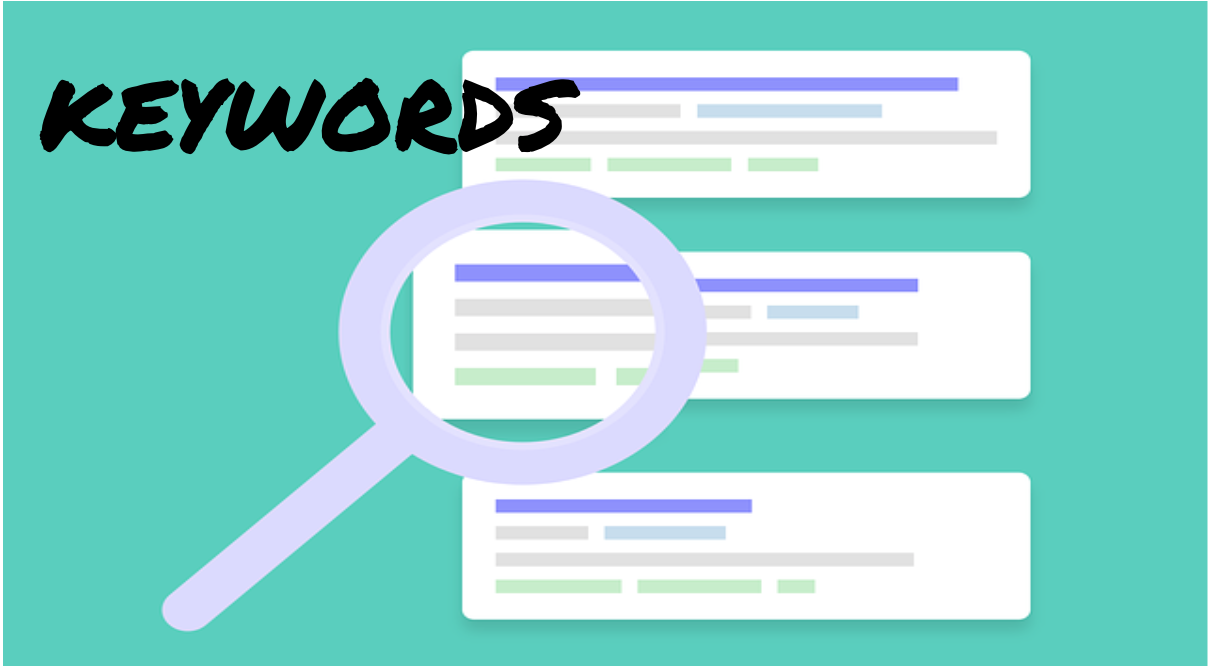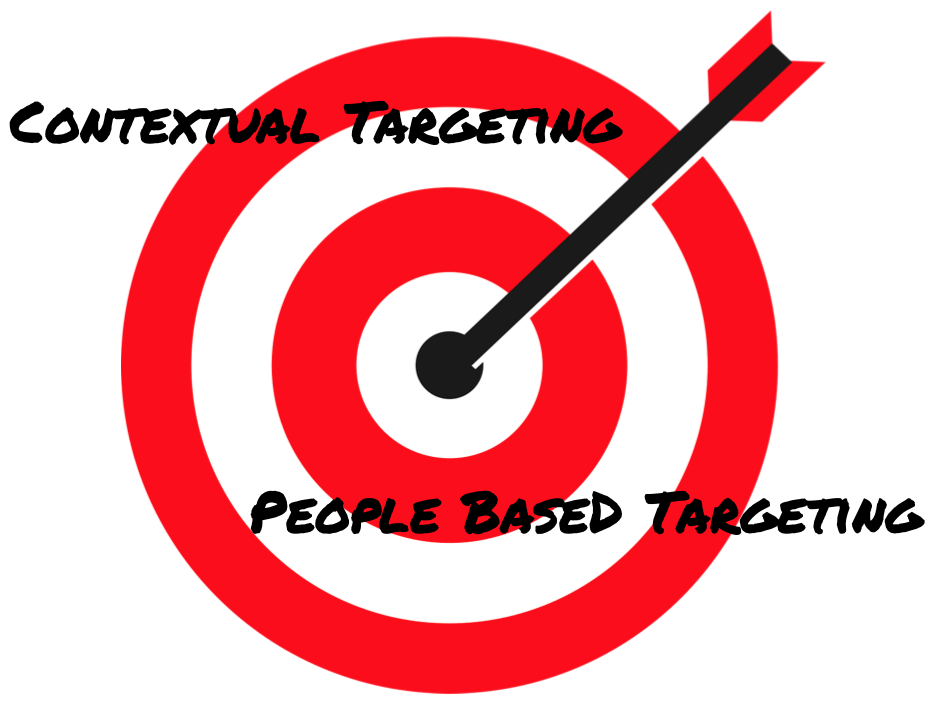
Phasing Out the Cookie
Rumor has it, the impending doom of third-party cookies is among us. In fact, it’s approaching rather quickly as Google claims to eliminate the data tool by 2022. As digital advertisers, we’re not unfamiliar with the ebb and flow of web evolution, however, this is a change that is happening quicker than ever before — especially when it comes to consumer privacy and data.
But before we dive into the phasing out of the third-party cookie, here’s a quick overview of the cookie itself.
Firstly, the third-party cookie should not be mistaken for the first-party cookie as they are fairly separate data tools. First-party cookies are created, published, and controlled by the website a visitor is currently on, helping with things like remembering your shopping cart, items you viewed, and preferences to improve the shipping experience. In essence, first-party cookies collect behavioral data to aid the website owner improve their services, which leads us to the key differentiator between the first-party cookie and the third-party cookie. The first-party cookie only relays data collection to the owner of the web domain, while the third-party cookie is a bit more invasive, hence the inevitable removal of the tool.

In short, third-party cookies are tracking codes generated on a website by another website that is not the website the user is perusing, such as Google generating third-party cookies on a site such as, ESPN.com or Cosmopolitan.com. These cookies are created by the web server or a scripting program such as JavaScript, that creates the code, which in turn, tracks user information as they spend time on a site. From there, the data retrieved from the visitor’s session is sent to the entity that created the third-party cookie. And vice versa, the user can find the cookies used to track them by viewing their settings in their web browser.
And though cookies are relatively young in the grand scheme of the internet, originating in 1994 with the initial goal of improving the e-commerce experience, they have made great strides in helping companies better serve their product/service to consumers. Now that we understand cookies as bits of code that lodge in people’s browsers and essentially follow them around the web, we can conclude that third-party cookies are primarily used for both targeting and measurement & attribution.
Third-party cookies provide data that allows for a better understanding of consumer behavior, including frequently visited sites, purchases, and general interests. And when advertisers have access to this data, they are able to better target the right consumer and serve them the most relevant message. For example, if a consumer visits three different travel sites within a short period of time, an ad tech vendor can confidently assume the consumer is planning to travel, and therefore, serve them travel-related advertisements.
Furthermore, third-party cookies also give advertisers the ability to enhance measurement for attribution capabilities, lending space for campaign optimization. For example, third-party cookies help to create a holistic view of what goes into a conversion by tracking users across different platforms. However, as these cookies are phased out in the upcoming year, these multi-touch attribution models will become less accessible and reliable.
But, why are third-party cookies leaving the web?
The removal of third party cookies is a direct response to increasing data privacy laws, as an expanding number of users have expressed concern over how their data is shared. Consumers are now, moreso, demanding transparency, choice, and control over their data, how its acquired, and to whom it is shared. Due to the essentially silent user tracking, consumers are not always aware that they are being followed and as an industry, we didn’t do the best job educating them how and why we use cookies; we also didn’t give them a way to opt-out, which is partially the reason the cookie must go completely.
In this day and age, consumers genuinely care about transparency and trust from the brands with whom they engage with. In concurrence to this fact, 80% of audiences say they’re more likely to purchase from companies they feel protect their personal information. And though privacy is important to consumers, they still appreciate and desire a level of personalization to their online experience. A recent survey conducted by Harris Poll revealed that 63% of consumers expect personalization “as a standard of service,” while simultaneously having the choice to be tracked or not, get a personalized experience or not, and see ads or not.

All in all, consumers are coming first, even if that means the end of the third-party cookie that us advertisers have grown to rely on to better serve. At the end of the day, it is our job to serve consumers what they want and we can’t do that by making them uneasy or untrusting.
To accommodate these valid consumer concerns, some companies have already opted for permission-based third-party cookies, while others have started to get rid of them completely, seeking new solutions.
For example, privacy-first web browsers such as Safari, Firefox, & Brave have already blocked third-party cookies, while Chrome has announced that they are beginning a phase out of the cookies this current year. Once this happens, the cookie will see its fate and digital advertising will have little time to mourn as it will have to quickly discover new ways of serving.
However, this is not to be seen as something entirely grim for the digital advertising industry as it is important to note that although third-party cookies might be going away, third-party data is not. Advertisers and businesses will still be able to access this information, but by other means, such as membership cards, loyalty programs, email subscribers, social media insights, and more.
So let’s talk about what’s next for advertisers
Though the advertising industry has yet to come up with a singular solution, there are a plethora of potential proposals in the works that will allow advertisers to replace the tracking cookie while still connecting with their audience in a way that is effective for both server and recipient.
Jon Kagan, VP of search at Cogniscient Media, explained that the industry shouldn’t “expect a decline in ad dollars or a decline in ad traffic,” but a “reallocation and shift of budgets.” To expand on that, he explains that “the next best option to cookies based behavioral targeting is anything keyword or keyword contextual-based advertising. Years ago, everyone discounted it and we moved further and further away from keyword targeting, but now we’re going to have to go straight back to it.”

Advertisers can execute Kagan’s statements through contextual advertising and people based targeting, and if done correctly, we may not even miss the third-party cookie.
Contextual advertising, ads that are relevant to the other content on the screen, is efficient in protecting consumers’ privacy while catering to their interests at the same time. This is a great tactic to assuage the aforementioned consumer fear of creepy cookie invasiveness because in the consumer’s eyes, the ads are purely, well, contextual, and most importantly, relevant.
Instead of the consumer’s overall behavior profile, contextual targeting uses data based off of the content at hand. For example, when a viewer is browsing an electric bike site, they’ll see ads for bike rental stores, and when they’re reading up on boosting their click-through rate on their email newsletters, they’ll see ads for relevant email automation platforms.
Making this switch to contextual targeting will also mean moving back to focusing on producing and distributing relevant content. Some may even say content is the new cookie! However, this is a tad bit easier said than one as it will take a little more alignment between advertisers and publishers to make it work at scale.

Another option for advertisers is taking advantage of people based targeting. People based targeting was introduced to the world by Facebook, which relies on a unique identifier that is related to the user, not the device. It can be defined as ““a means to create a customer-centric, cohesive marketing system that revolves around customers and their real-time behavioral data. This data, combined with available first-party brand data, allows brands to target customers in real-time, across devices and channels.”
This means that people based targeting doesn’t rely on third-party cookies but still allows brands to meet customers in the places and times that they actually want to engage with them. According to BounceX, a company providing a platform that enables this method to work, a successful People-Based Marketing strategy comes down to the three elements listed below:
Identification: In order to ensure consistent, cross-device recognition for a single view of a customer, brands now need to identify their customers and connect them correctly to their devices. If this single customer journey is not tracked efficiently, it could lead to incorrect assumptions about the customer and their online behavior, leading to ill-designed marketing campaigns. To dodge this, brands must be able to identify their customer across all devices and channels.
Data: For a lot of brands, they already have a great amount of data of their customers and with the identification-first approach for customer data, brands can have the upper hand of targeting them effectively. Furthermore, brands should seek more than historical data, such as real-time behavioral data like their device, their website interactions, their carts, and the items and categories visited while browsing. Linking together these data points paves way for brands to get a singular view of its customer.
Automation: Automation allows brands and advertisers to unlock a singular view of the customer, tethering all of the data to one source. With this, brands can automate and omnichannel marketing approach across all devices all while under a single cohesive marketing strategy. However, though there are a great number of technology platforms that allow marketers to access identification and behavioral data like email engagement, purchase data, and device information, not everyone will be about to have enough data to make this function on the scale and price point that third-party cookie retargeting allowed.
With all of that being said, it is important that we as an industry are aware of our purpose: serving consumers. And if our consumers are happy/feel unsafe, then that is a concern we must also cater to, which is the catalyst to the removal of the third-party cookie. Though it may be difficult and uncertain for marketers to rebuild their strategies and methods, it is something that is certainly possible and we are confident that we will learn to do it well, with great success.
As the cookie phases out until ultimate removal, we will be working towards the future with optimism and dedication knowing that we are capable of moving with the times, just as our consumers are dependent on us to do.
Let’s continue to figure this out!





